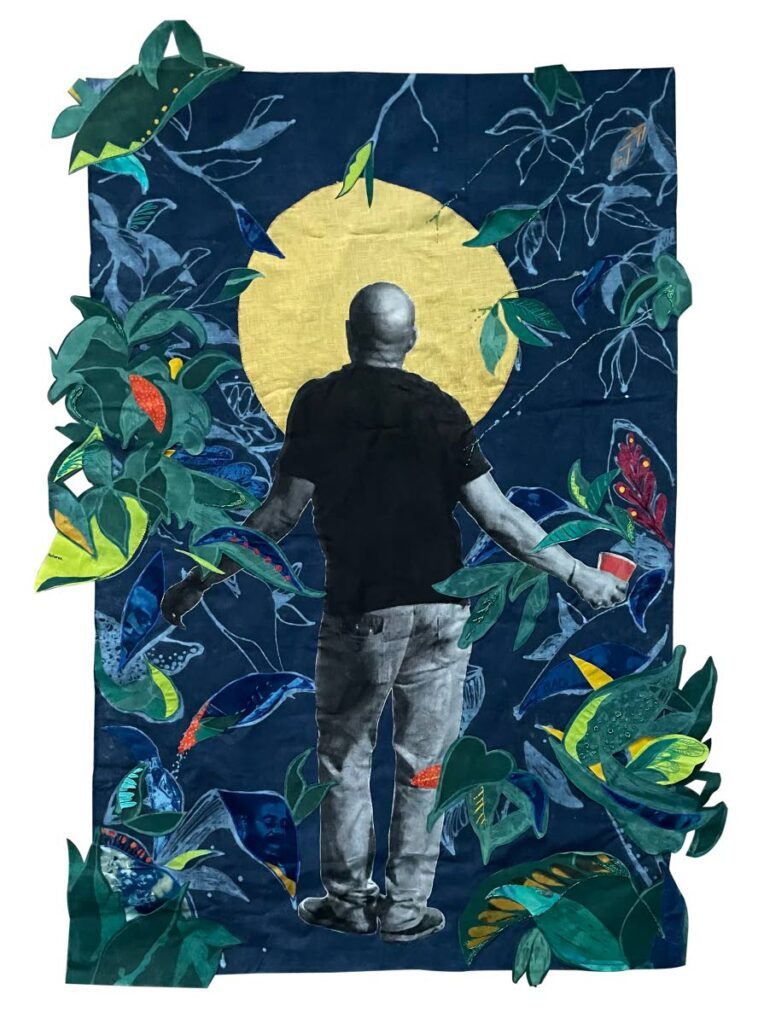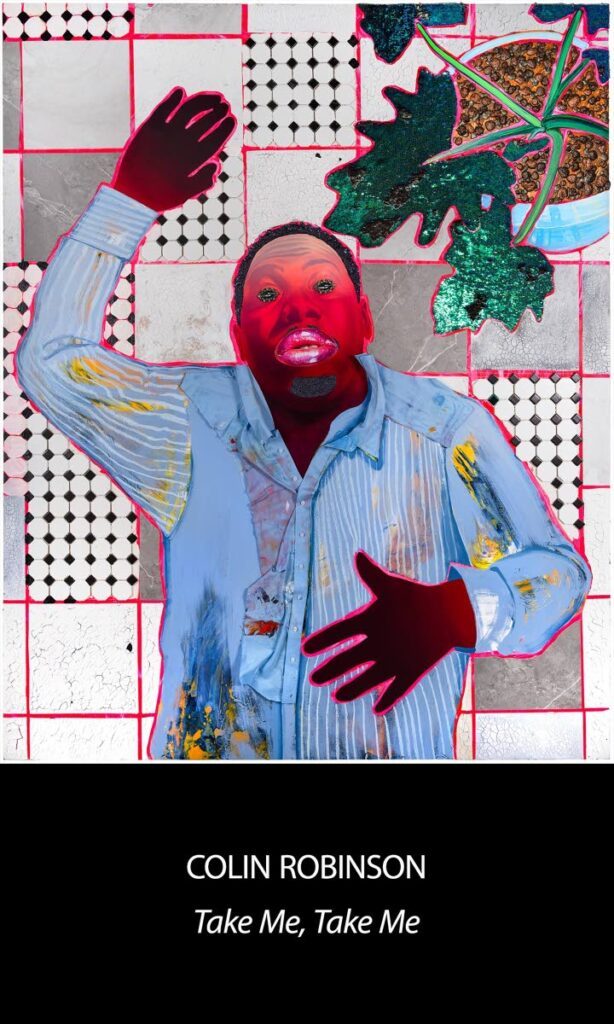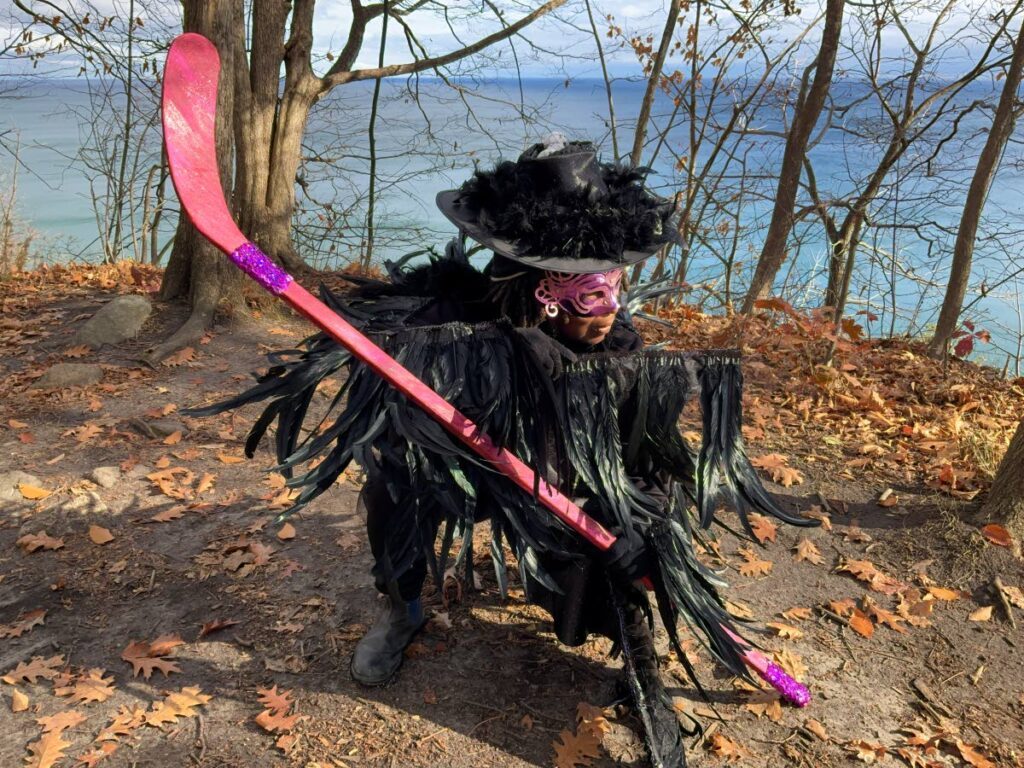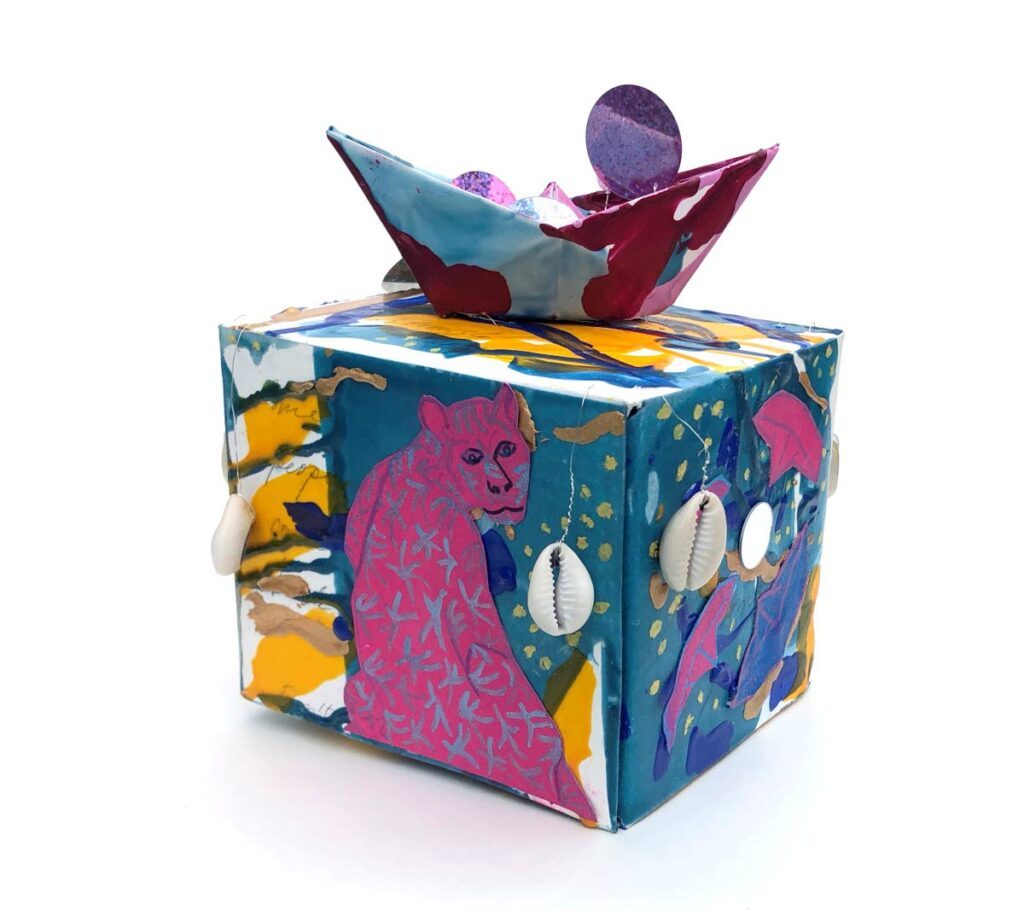Colin Robinson's life, work go on exhibit in NY

In his poem The Plural of Me, Colin Robinson gave instructions for after his death.
In one stanza, he said he wanted people to remember him however they wanted, and that he wanted his ashes to be placed in little boxes, “like wedding cake,” to be shared among his friends, family and lovers for them to do as they wished with his remains.
Robinson, a poet, LGBTQIA activist, founder of the Coalition Advocating for Sexual Inclusion (Caiso): Sex and Gender Justice and Sunday Newsday columnist, died of colon cancer in March 2021 in Washington, DC. He was 58.
Curated by Dr Andil Gosine, The Plural of He is an exhibition exploring Robinson's life and work at the Leslie-Lohman Museum of Art, New York, from March 15-July 21. Its name is a direct reference to Robinson’s poem.

Gosine told Sunday Newsday because Robinson had colon cancer (which he wrote about candidly in several of his columns), he was aware of his time passing and had thought about his legacy. Gosine told him about the idea of an exhibition around Robinson’s work, and he was excited about it. But they had only barely discussed the idea.
The men had a good professional relationship. They kept in touch and would consult each other on various projects. There was even a chapter about Robinson, detailing his activism, in Gosine’s book Nature's Wild: Love, Sex, and Law in the Caribbean, which Robinson was able to read before he died.
Gosine was surprised to learn he had been made Robinson’s literary executor and custodian of his archives, which made him feel more certain about doing an exhibition.
He went to Robinson’s sister’s house in Washington to find about 80 boxes of material stored in her garage. Most of these documents and objects were accumulated from the time Robinson lived in New York, from 1980- 2006.
Gosine organised and re-packed much of them and shipped them to New York where he went through the material in more detail, and started talking to artists he thought would fit the exhibition.
“It was important to me to not just have Trinidadians, because his influence was broader than that, but it was important to me that it be a show of Caribbean artists.”

In the end he chose seven artists. They included contemporary African-American visual artist Devan Shimoyama, who has Trinidad and Tobago heritage; Natalie Wood, who grew up in Trinidad around the same time as Robinson and shared his passion for Carnival; Jamaican multimedia artist Leasho Johnson, who was familiar with Robinson’s advocacy work in the Caribbean; Barbadian Ada Patterson, who uses filmmaking and video installation; and Barbados-born, New York-raised mixed media artist Llanor Alleyne.
There were also additional works by Trinidadian video artist and writer Richard Fung, and multi-disciplinary Antiguan artist and writer Amber Williams-King.
“The (five) artists invited for the residency at Leslie-Lohman were ones whom I could find resonance with interests and ideas of Colin’s, and in each case, I tried to match them with materials from the archives that emphasised a connection between them.
“Artists were not asked to make work ‘about Colin,’ but to draw inspiration from the materials in any way that it manifested. Colin was aware of plans for this exhibition, and with my approach to it.”
Gosine said he decided to focus on "connection" for the exhibition because he believed the idea that Robinson’s relationships would foster new relationships gave him comfort during a difficult time.
“I think he was most interested in how his ideas and his commitment to community and connection would carry on.

“Particularly at the end, there were some events planned in tribute to him, which, I think, were often very awkward for him to discuss his mortality on a platform.
"But what kept coming back to me was the thing he valued most was connecting with other people. He was especially interested in intergenerational connections. He always made time for younger people and I think he wanted to foster that.”
That idea of connections shaped the way Gosine approached the exhibition, which, he determined, would not be a tribute show.
He said he wanted to create a space in which people felt like they were getting to know “a full human being with strengths and weaknesses,” because Robinson was very comfortable with the flaws and fullness of humanity. He would not want to be considered a saint.
Gosine said when you start to get to know someone personally it is rarely in chronological order or through a list of their accomplishments. You were exposed to aspects of them and learn about their hobbies, state of mind, sense of humour, experiences, mistakes, idiosyncrasies and more, which are eventually collated to get a sense of the whole person.
“I don't like representations of figures as flat. If you just represent them as wonderful, I don't find that a very realistic portrait of a person.
"So I wanted him to feel real. All I want from the exhibition is you get a feeling of who he was, his ideals, his worries, his anxieties because we we all share similar kinds of hopes and dreams and anxieties and fears.
“And an exhibition is really a space for someone coming into it to reflect on themselves even as they're learning about someone else.”
The Plural of He includes seven pieces of work including a video, an installation and paintings. Next to each piece will be short essays from Trinidadian writers who were part of Robinson’s life, including journalist and writer Judy Raymond of Newsday, lecturer and fellow Newsday columnist Dr Gabrielle Hosein, poet Shivanee Ramlochan and author Anton Nimblett.
“This was, for me, a way of people sharing their stories about their relationships with him in different contexts.
“It's, again, to put at the centre of the experience the importance of connecting with each other. And that's not important just for Colin, but it feels like it's really important for now in general. I think lots of people feel disconnected and, for me, this show is not just about Colin, but it's also about thinking about our challenges with feeling connected to each other and being connected by our challenges.”
Gosine believes it is even more important to be aware that humanity is complex when it comes to leaders and idols, as they are expected to be perfect or more than human. What he wants is for people to feel more confident and empowered by the experience.
Part of that experience will be a novella written by Robinson, which Gosine said he found in Robinson’s documents and felt there was enough of it to publish, in a limited number. for the show.
Gosine said he shared it with Shimoyama, who created a piece that was not only part of the exhibition but would be the book cover.
Later in the year, the celebration of Robinson will continue. with a catalogue with artist interviews by Caribbean writers, a poetry lime and an event around the novella and Nature’s Wild.


Comments
"Colin Robinson’s life, work go on exhibit in NY"